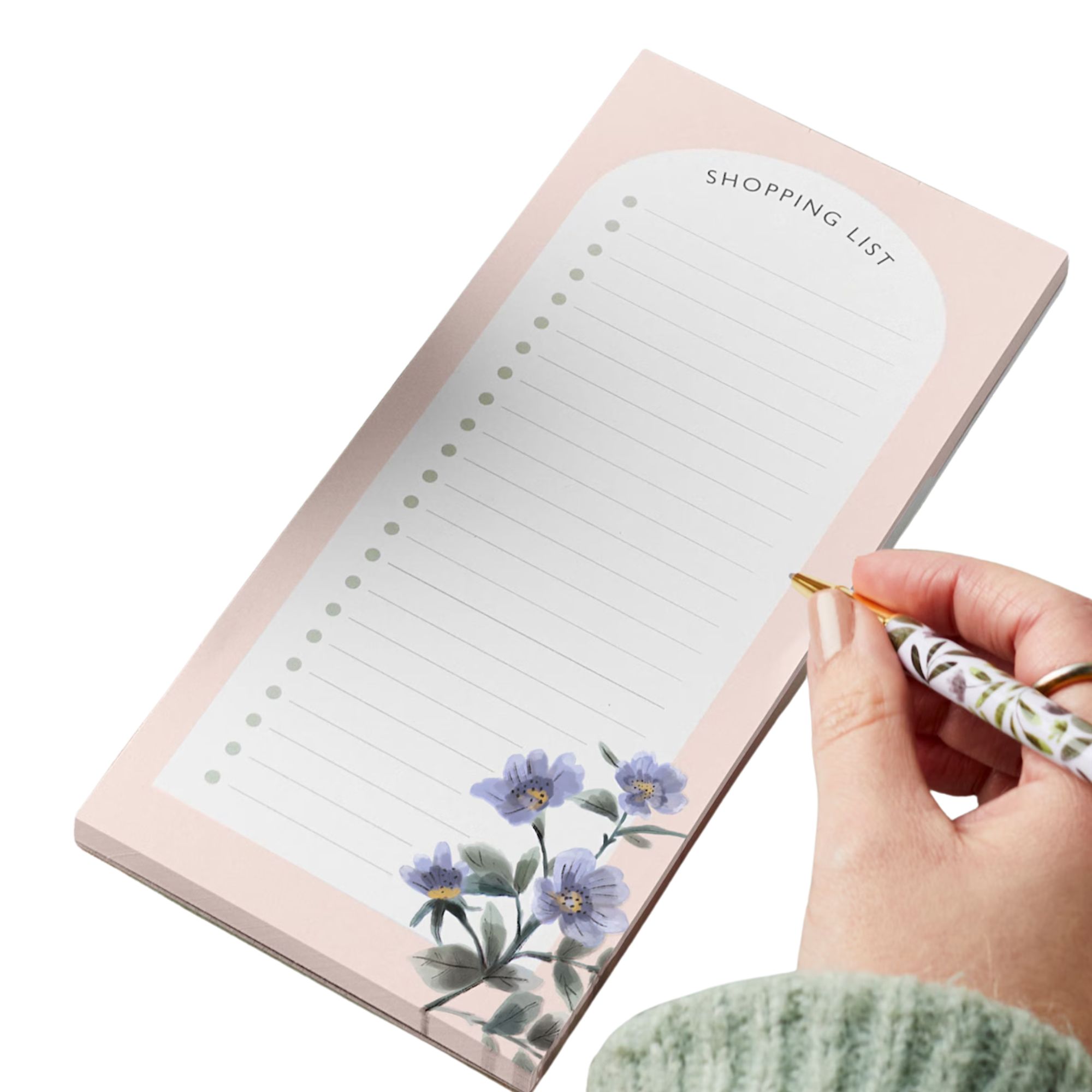'The less you bring in, the less stuff you have' – how to be a minimalist and reduce clutter without throwing everything away
Professional organizers reveal you don't have to ruthlessly streamline for a stunning space

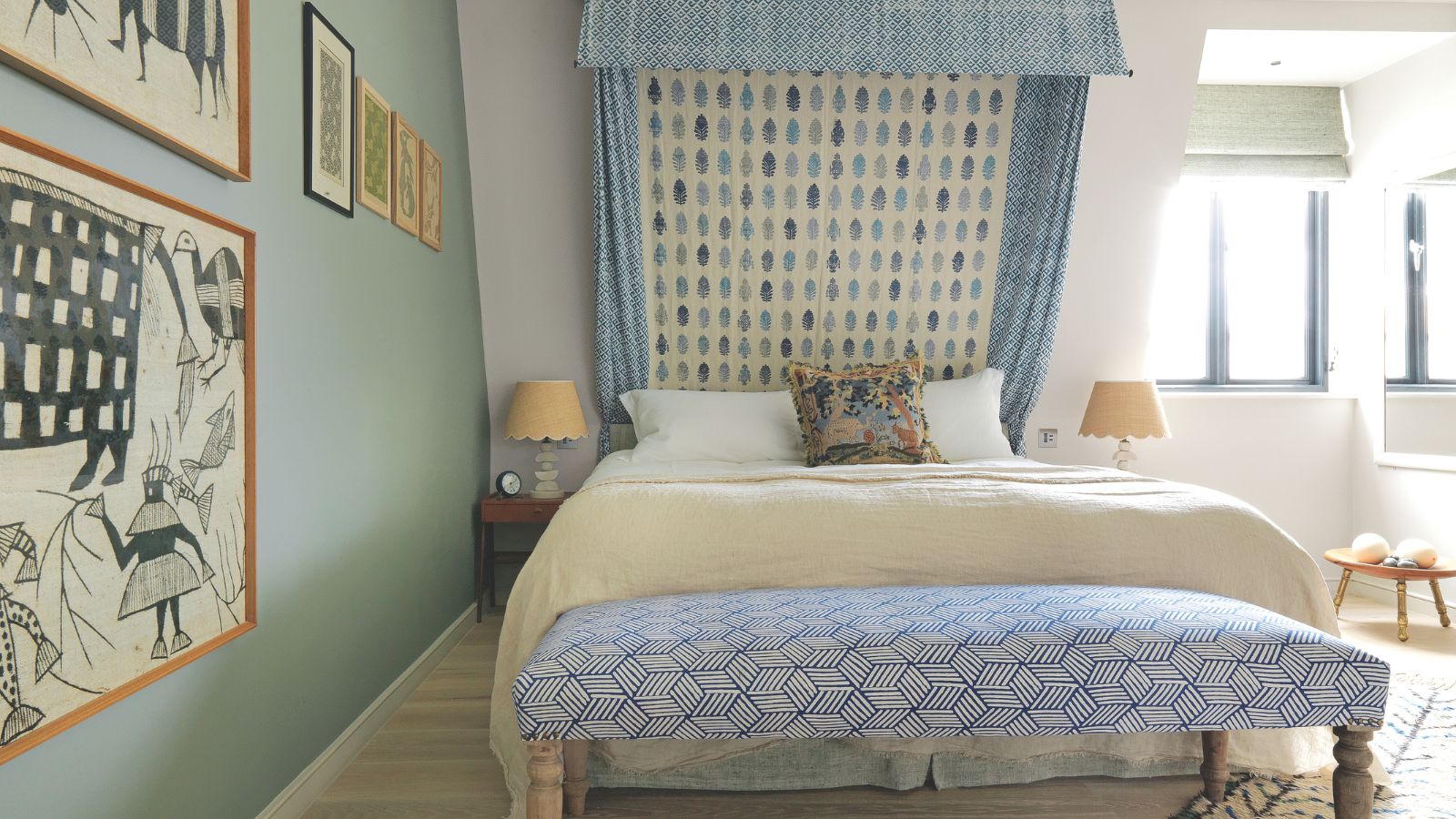
We might all love the idea of a minimalist lifestyle, but for many – myself included – it's just not realistic. Be it trinkets, or knickknacks, sometimes streamlining your life and ruthlessly decluttering doesn't work for the way you want to live your life or decorate your home.
But, what if you didn't have to throw everything away to reap the benefits of minimalism? As I've found out, being a minimalist is more about changing your attitude and outlook than it is about stripping your home of any character.
Here, I spoke to the founder of a top LA-based home organizing company for her decluttering tips on switching things up without ditching all your beloved belongings.
How to be a minimalist without throwing everything away
1. Address your consumption habits
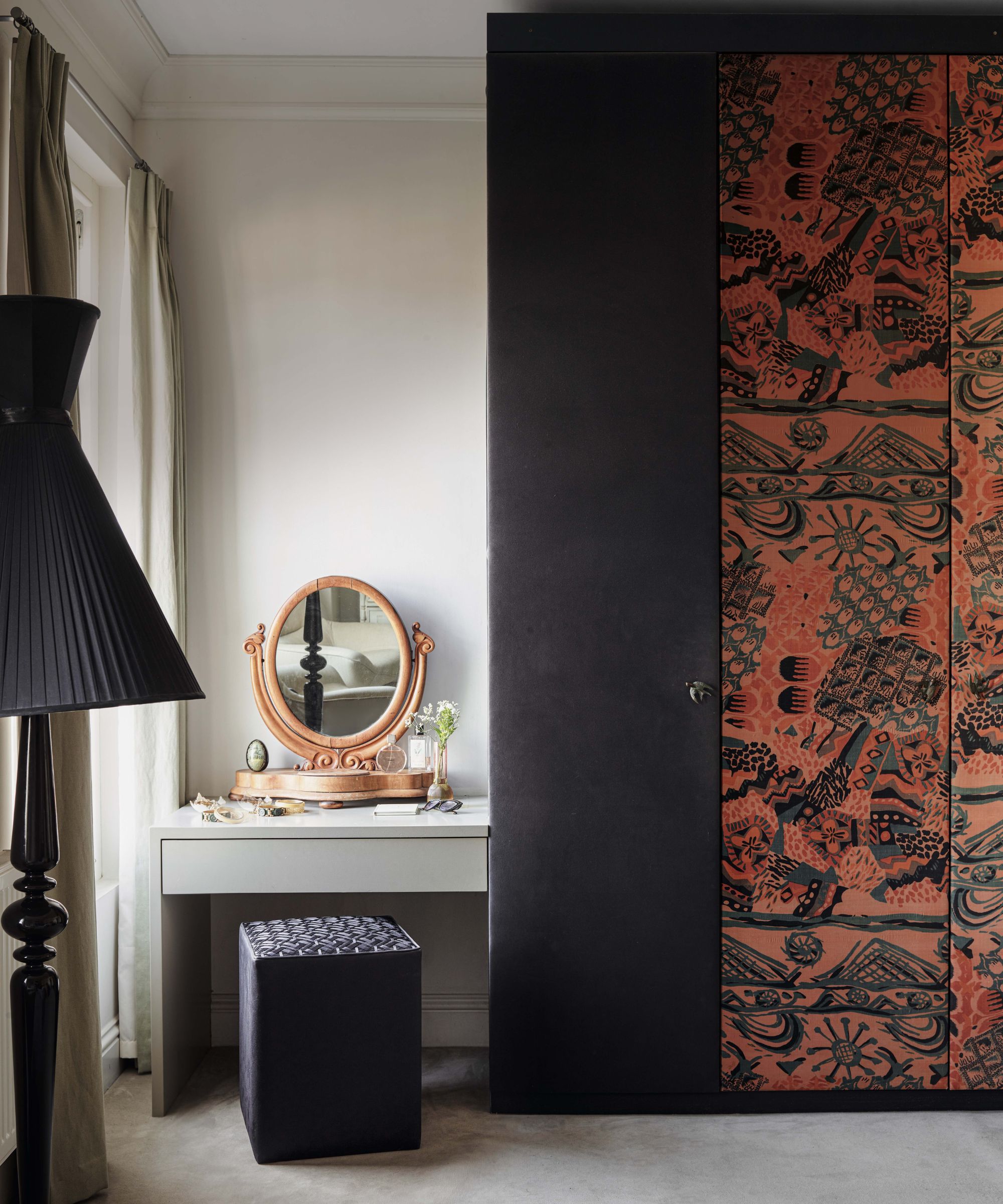
The first step to reducing clutter is determining where it starts
First things first, you can't make a positive change or get motivated to declutter without realizing where, and what, the crux of your clutter problem is.
Tracy McCubbin is the CEO and founder of dClutterfly, and the author of two bestselling books, Making Space, Clutter Free: The Last Book on Decluttering You'll Ever Need available at Amazon, and Make Space for Happiness: How to Stop Attracting Clutter and Start Magnetizing the Life You Want, also available at Amazon.
Growing up the child of a hoarder, Tracy is an esteemed expert at cutting out overconsumption and making positive changes. Her top tip for getting started, without throwing everything away? Addressing your consumption habits first.
'The first step to introducing minimalism into your life is to look at your consumption habits and how much you are buying and bringing into your home,' she says. 'The less you bring in, the less stuff you have. It’s a great place to start without having to throw anything out.'
Design expertise in your inbox – from inspiring decorating ideas and beautiful celebrity homes to practical gardening advice and shopping round-ups.
This will also make it far easier to take part in any underconsumption trends to help declutter your home, which focus primarily on using items up rather than just throwing them away, helping to stop clutter before it starts.
All prices correct at time of publication.

I recently read this, and have been implementing the brilliant lessons I learned from Marie Kondo's book in my own home to make positive, easy changes and reduce clutter.
2. Switch up your language
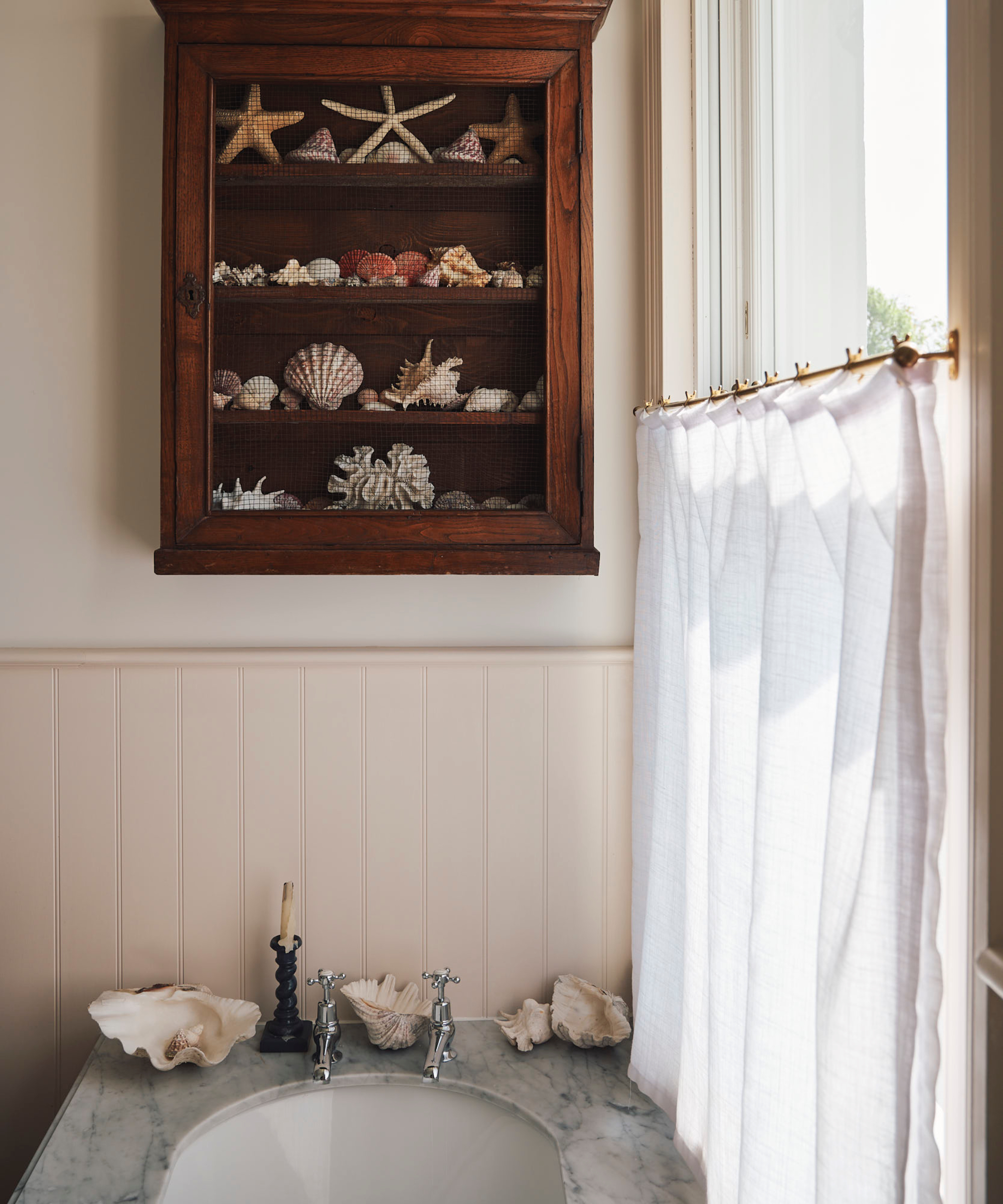
Changing the language you use around consuming and buying can have a real impact on cutting clutter
According to Tracy, something as simple as adjusting the language you use from 'I need' to 'I want' can have a big impact on what comes into your home, before you've even employed a single decluttering method.
'You’ll be amazed at the huge mindset shift you experience from just changing “need” to “want” and the reduction in purchases that will follow,' she assures. 'There are very, very few things we actually need and trust me, most of us do not need another pair of jeans (or boots, or the candle, etc...), we just want it. By changing your language, you change your behavior.'
With this attitude shift, you won't even need to be more ruthless when decluttering – you'll simply buy less. That's why it's one of the best easy habits to keep you home clutter free.

This book allows you to take control of your finances once and for all, to build positive habits with an entire year of budget planning, meticulously crafted for a sturdy, durable, and beautiful book with plenty of aesthetic appeal.
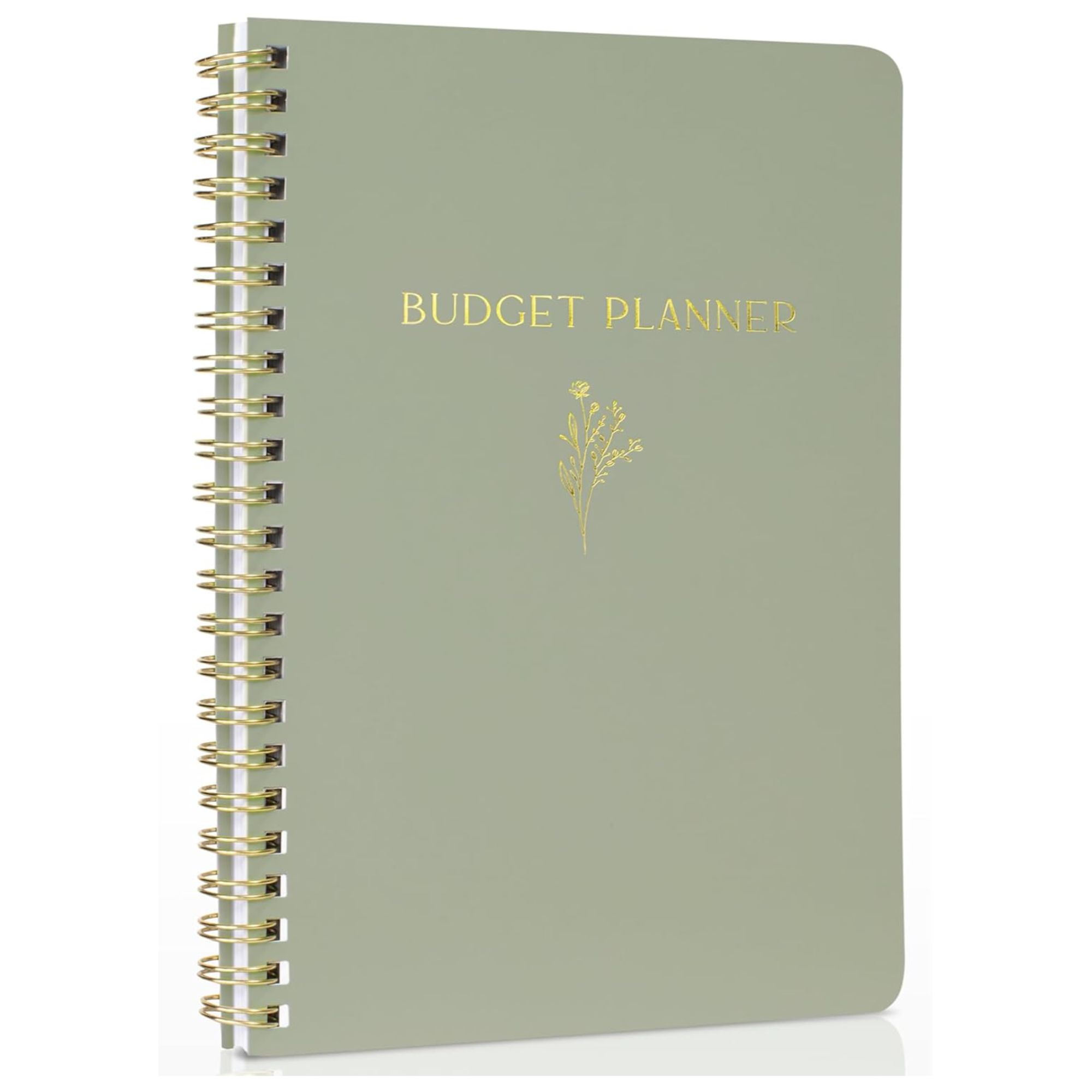
Keeping track of your expenses is a brilliant way to curb bad spending habits. This easy-to-use, portable planner creates a pathway to financial freedom, allowing you to monitor your monthly income, savings, debts and daily expenses.
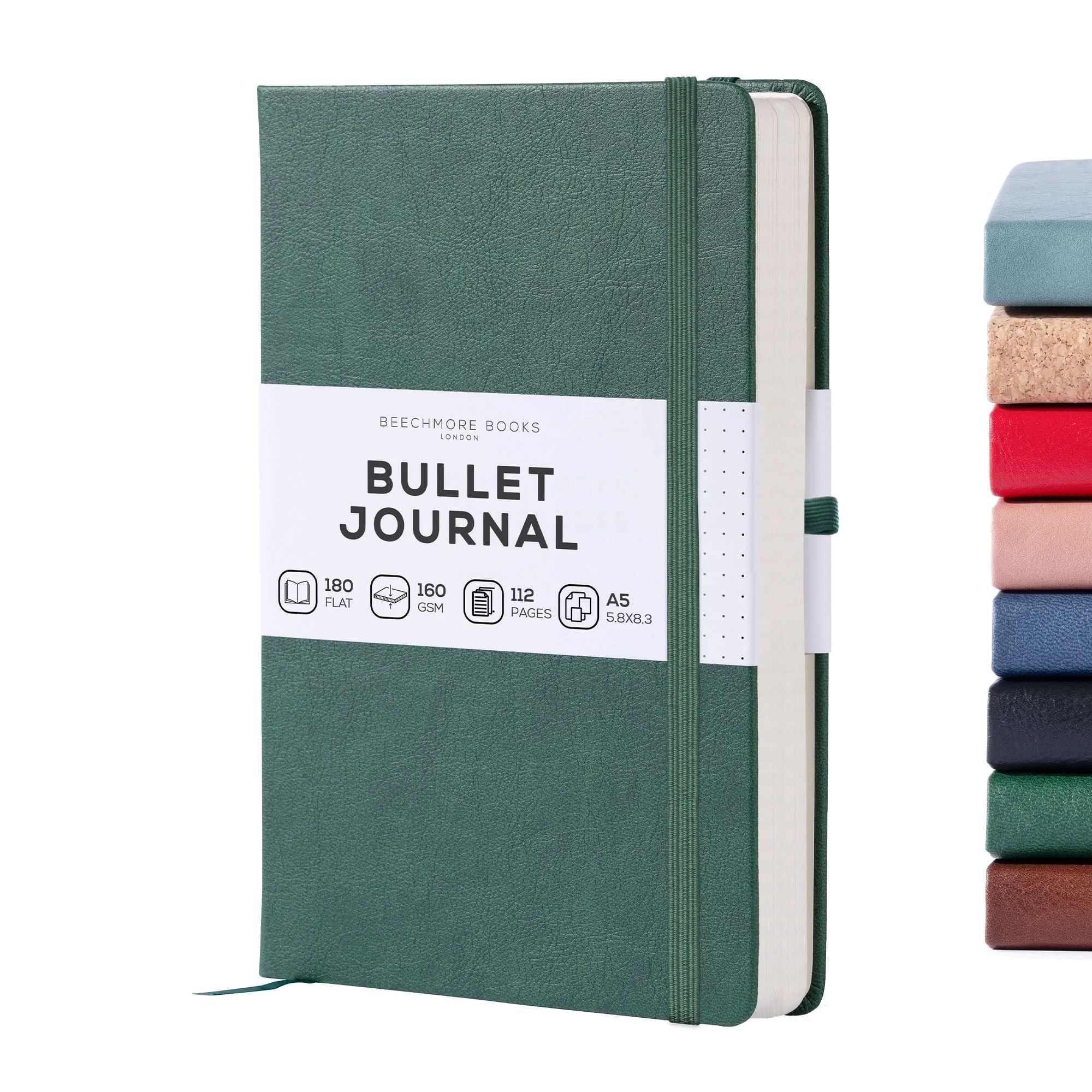
If you prefer to create your own trackers, a bullet journal is the easiest way to get a neat and tidy format. This one is available in six stunning colors, with an elastic closure and 112 blank pages.
3. Cut back on impulse shopping

Waiting before making purchases will ensure you're only buying items you really want (or need)
We all know the feeling of seeing an item for the home and feeling like you have to have it then and there. But, as Tracy points out, if you want to be a minimalist without throwing everything away and break the stages of clutter, you need to buy less.
Chances are, you've got something already just like it at home. This realization has been a powerful learning curve for me personally when it comes to encouraging minimalism at home.
I now make a wish list on my phone (you can use a physical list too, such as the gorgeous Grocery List Notepad available at Etsy) with aspirational shopping items to come back to after a month or two. Then, I decide whether I really still want them, using the 90+ minimalist rule, which has successfully curved my impulse buying.
'Late night online shopping, the siren song of the sale and last-minute grab-and-go purchases at store checkout just add to your clutter,' Tracy warns. 'Change your impulse buying habits and you’ll head towards a minimalist lifestyle.'
As Tracy advises, the best way to put this into action is to implement a waiting period on your purchases, using the 30/30 decluttering rule or something similarly suitable. This is one of the decluttering strategies minimalists swear by – and for good reason.
'For instance, for every $50 an item costs, wait 24 hours to purchase,' says Tracy. 'If it’s $100, then wait 48 hours, and so on. You’ll most likely find that as the time passes, so does the desire to buy.
'This strategy works because so many purchases are made emotionally – as a way to work through stress, anxiety or to get that hit of dopamine that comes with buying – and the problem stems from the fact that once you’ve bought the item, the hit passes and you want to buy more, leading to clutter.'
That's where the irony lies – in buying something to give you a lift, you're contributing to the vicious cycle of struggling to declutter your home when you feel overwhelmed after spotting the undeniable signs that you are losing control of clutter.
'If you wait the feelings out, they will pass and you don’t end up with stuff you don’t need, want or use,' adds Tracy – and I couldn't agree more.
Meet the expert
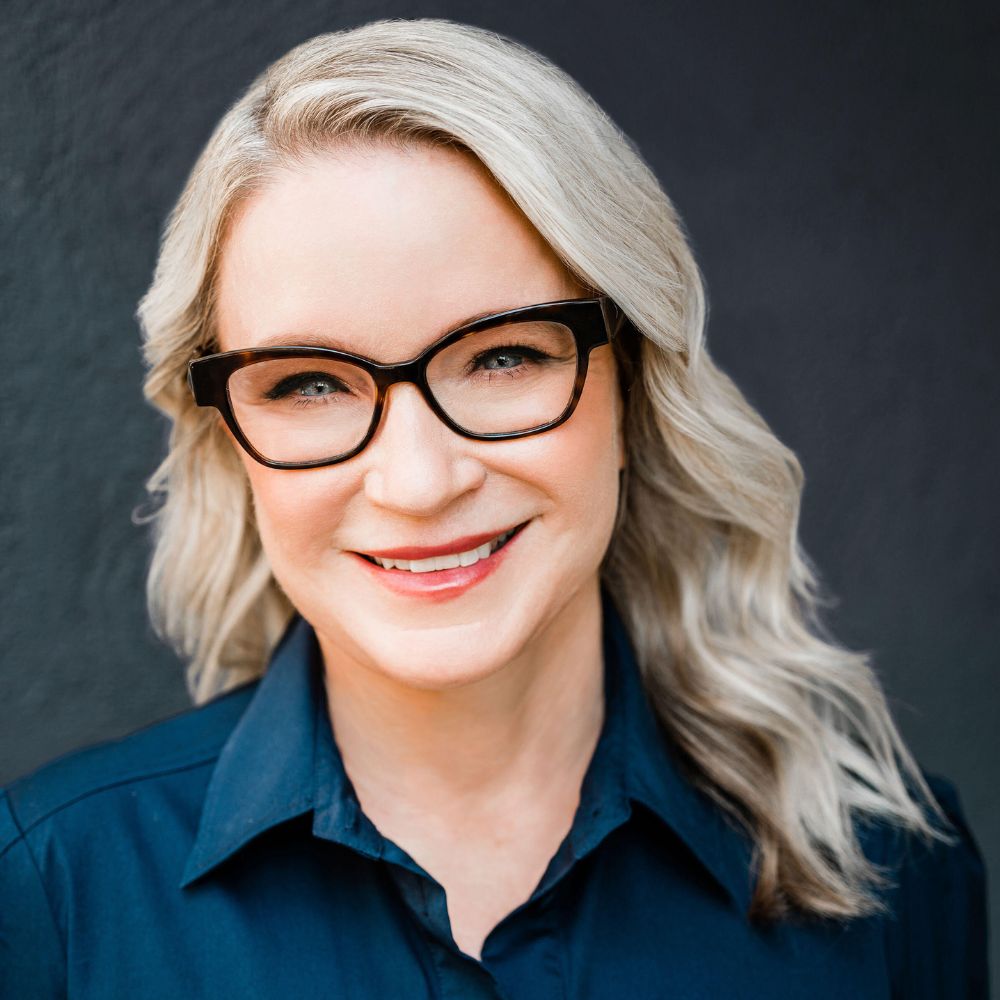
In her two decades as a professional organizer, Tracy has helped thousands of clients turn their space around, implementing helpful habits to ensure organization isn't just a feat of getting rid of items you own, but more about adopting an attitude shift that sticks.
It's all well and good taking tips from minimalists – they're the people who have aced a stripped back life, after all. However, it's also crucial to be aware of the signs you've taken minimalism too far, to ensure you're never sacrificing your own happiness for the sake of aesthetics.
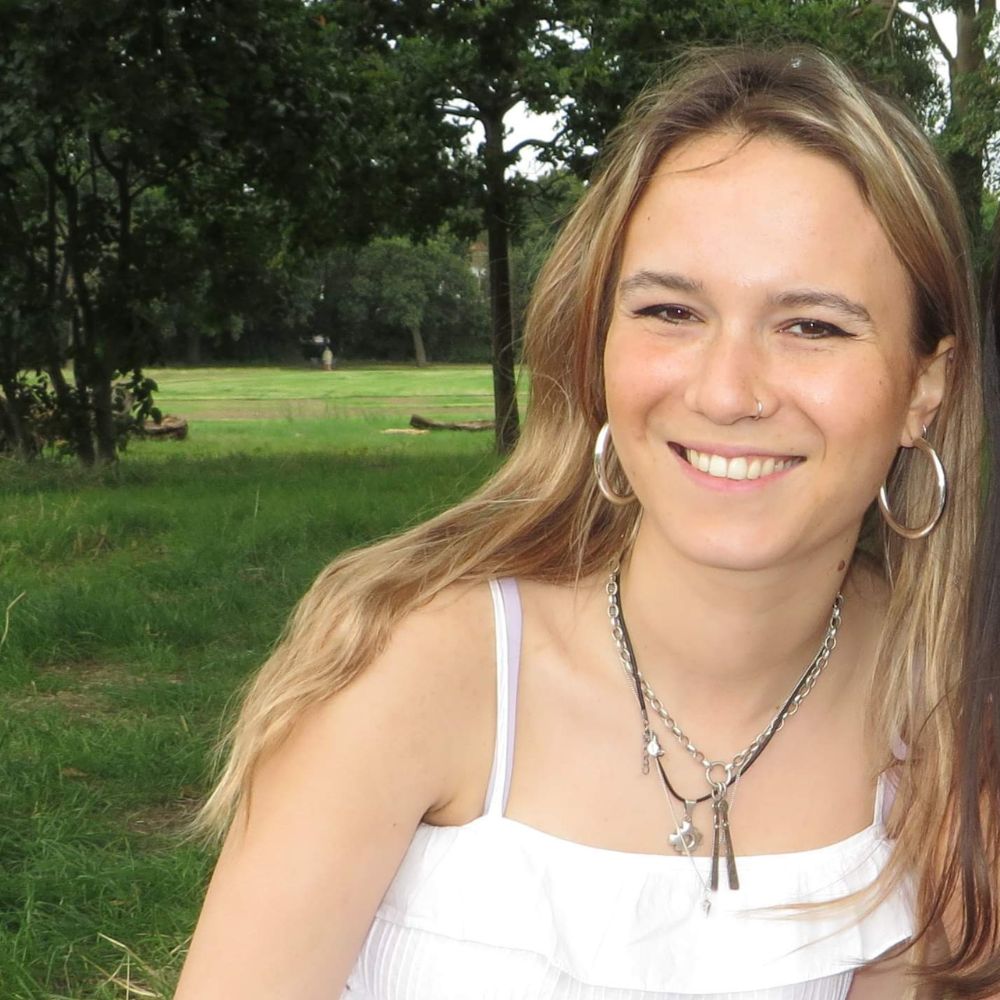
Ottilie joined Homes & Gardens in 2024 as the News Writer on Solved, after finishing a Master's in Magazine Journalism at City, University of London. Now, as the Sleep Editor, she spends her days hunting deals and producing content on all things sleep – from mattresses and sheets to protectors and pillows, all of which she tests in her own home. She also has particular expertise in home fragrance, covering everything from candles to reed diffusers.
Previously, she has written for Livingetc and Motorsport Magazine, and also has a Master's degree in English Literature and History of Art from the University of Edinburgh, where she developed a love for inspiring interiors and architecture.
